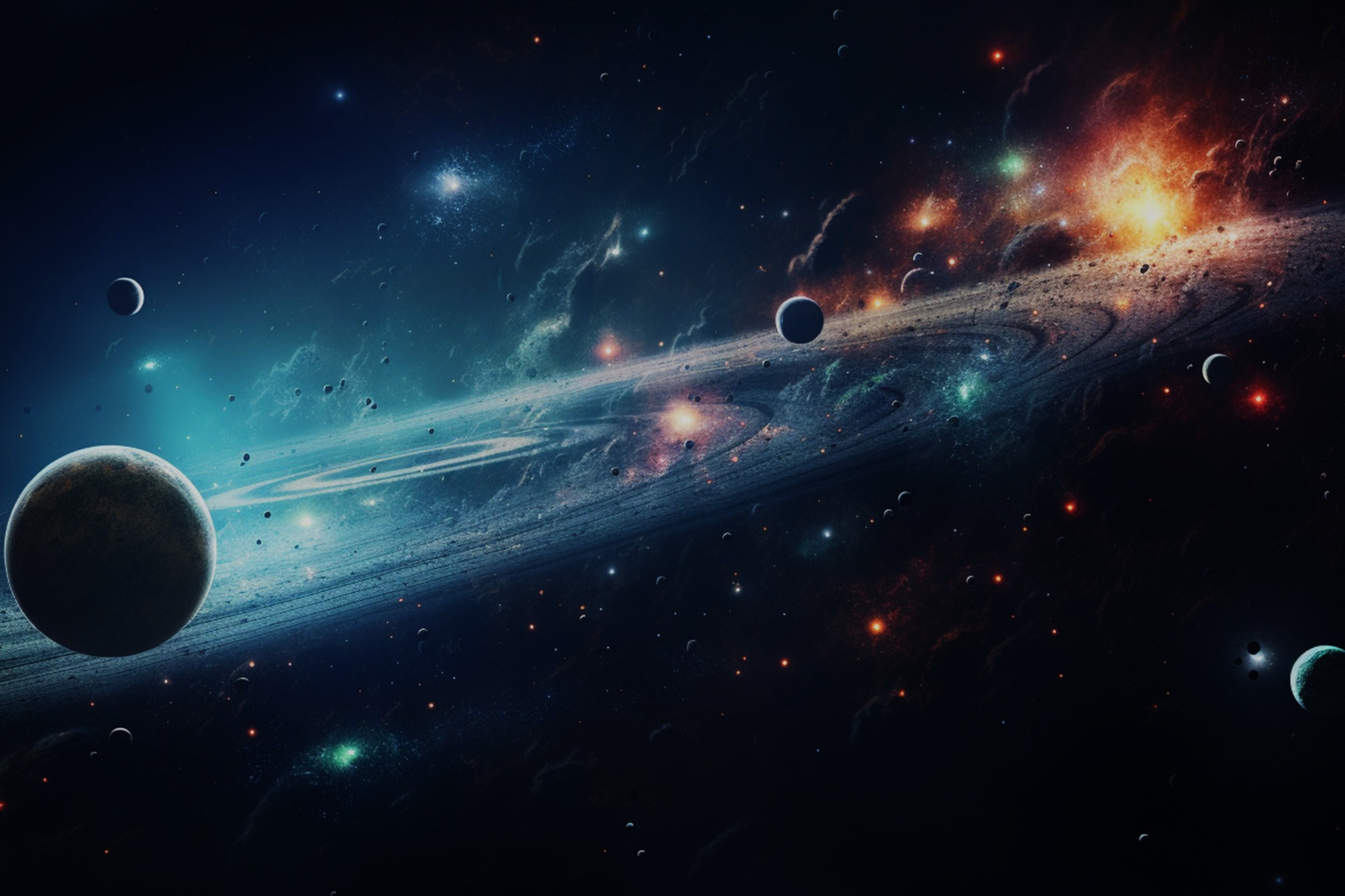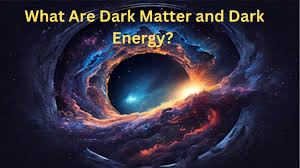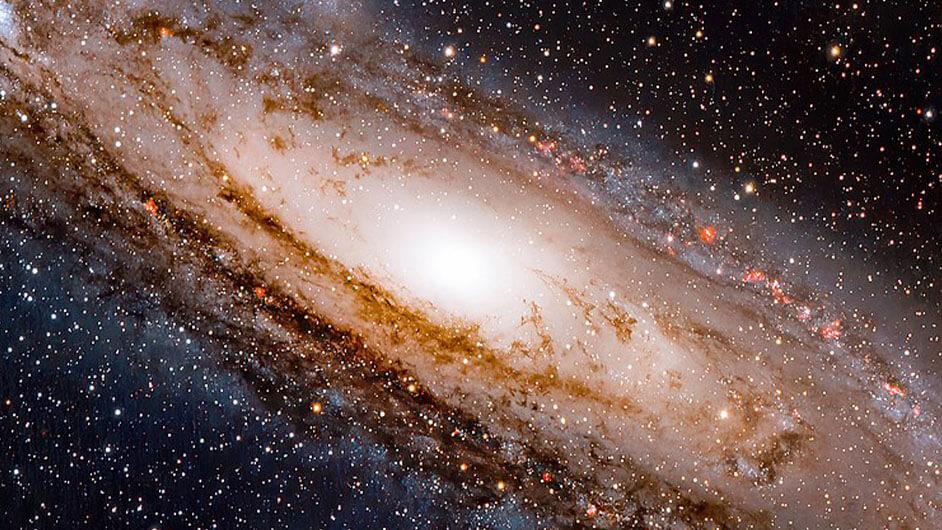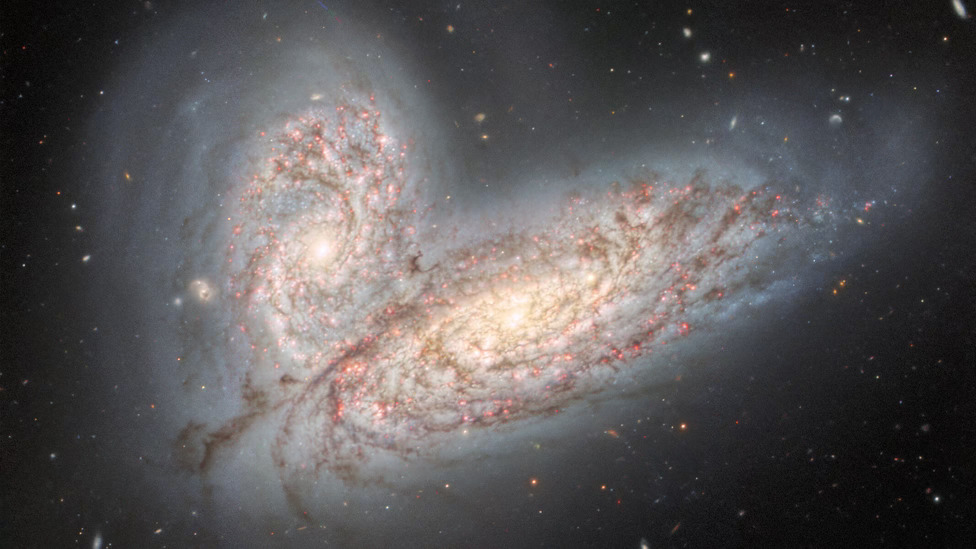
Blog Post

 ISHAAN SOOD
ISHAAN SOODWhat Exactly are Dark Matter and Dark Energy?
Dark matter and dark energy are two of the most mysterious and influential forces in the universe, constituting approximately 95% of its total content. Although they cannot be directly observed, their effects are essential to understanding the cosmos’ structure, evolution, and ultimate fate.
Dark Matter is an invisible form of matter that neither emits, absorbs, nor reflects light, making it undetectable through traditional telescopes. Scientists can, however, detect its presence through gravitational influences on visible matter, such as stars and galaxies. Observations show that galaxies rotate faster than they should based on the visible matter alone, indicating an unseen mass that generates the additional gravitational pull needed to keep them intact. Dark matter acts as a cosmic "glue," holding galaxies together and forming a structure for the universe. The European Space Agency (ESA) has launched missions like the Euclid space telescope, which aims to create detailed maps of dark matter by observing how it bends light from distant galaxies—a phenomenon known as gravitational lensing. This technique allows researchers to construct a map of the “scaffolding” that dark matter forms across space.
Dark Energy is an even more perplexing force. Unlike dark matter, which pulls galaxies together, dark energy pushes them apart, driving the accelerated expansion of the universe. Discovered in the late 1990s, dark energy’s existence was inferred when scientists observed that galaxies are moving away from each other at an increasing rate, challenging previous assumptions that gravity would eventually slow down the expansion. NASA’s Nancy Grace Roman Space Telescope, set to launch in the near future, will explore dark energy by observing supernovae and distant galaxies, allowing scientists to map cosmic expansion over time and gain insights into dark energy’s nature and properties.
The Impact on Cosmology and Fundamental Physics
Dark matter and dark energy challenge our understanding of physics and cosmology. Current theories in particle physics and gravity cannot fully explain them, meaning that new physics may be required to uncover their true nature. Investigating dark matter and dark energy might reveal hidden dimensions, unknown particles, or even modifications to general relativity. Together, dark matter and dark energy are critical to comprehending the universe’s structure and fate. Their combined influence underscores a universe that is vastly more complex than what we can directly observe, challenging our understanding and pushing the frontiers of modern physics and cosmology.
Recent Posts

 Saakshita Saxena
Saakshita Saxena
 Saatvick Saxena
Saatvick Saxena

 Saatvick Saxena
Saatvick Saxena

 Saatvick Saxena
Saatvick Saxena


